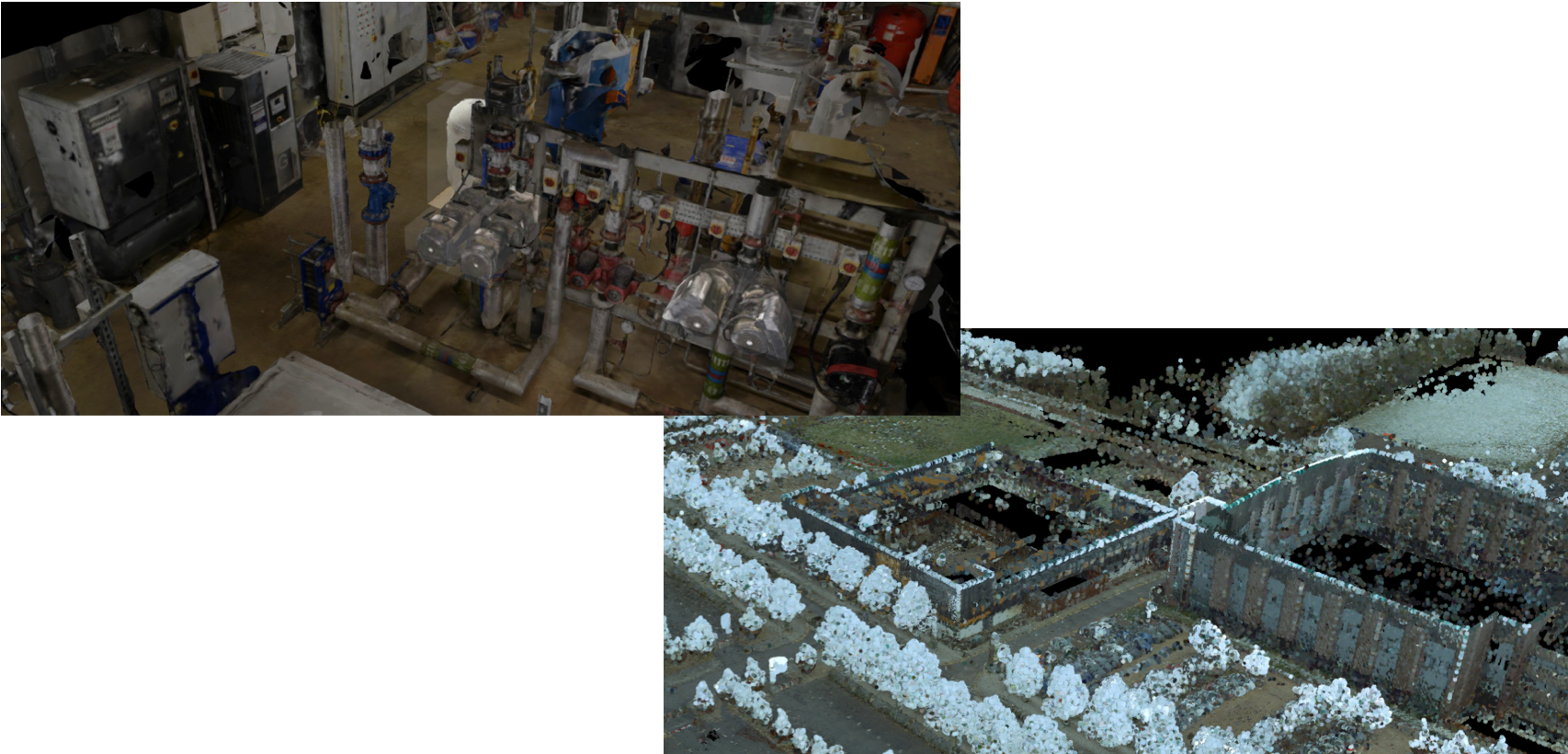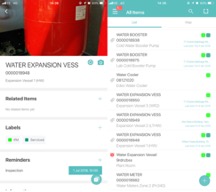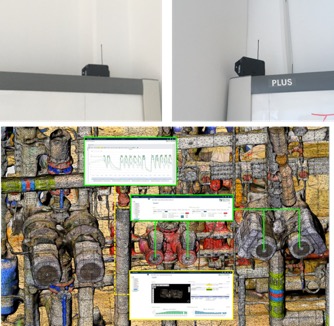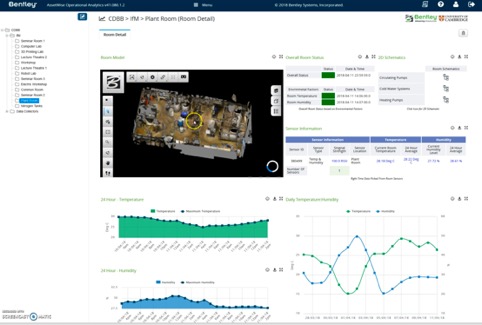Infrastructure Digital Twins
Background
Recognising the importance of data for the UK economy, the UK National Infrastructure Commission published a report “Data for the Public Good” that sets out a series of recommendations for HM Government stating, “...high quality, standardised data on all our infrastructure assets, along with the ability to share this securely, will enable the UK’s infrastructure to be viewed as an interdependent, dynamic system”. The recommendations include developing a ‘National Digital Twin’.
A digital twin is a digital representation of a physical asset or a system. The representation may provide information about its current design, state, condition and its history, and can also share this data, with defined levels of access, to inform better decisions about which future infrastructure to build and how to manage current and future infrastructure.
The National Digital Twin is not meant to be one monolithic twin of the whole national infrastructure, but a federation of many twins (representing assets/systems at different levels of granularity), brought together to generate greater value.
To support this national goal, the Centre for Digital Built Britain has provided funding to the asset management group to for a digital twin pilot demonstrator project.
Goals
The objective of this pilot project is to develop a dynamic digital twin of the IfM (and the West Cambridge campus) and demonstrate its impact on facilities management and wider productivity and well-being. The overall goals of this activity are to:
- Demonstrate the impact of digital modelling and analysis of infrastructure performance and use on organisational productivity.
- Provide the foundation for integrating city-scale data to optimise city services such as power, waste, transport and understand the impact on wider social and economic outcomes.
- Establish a ‘research capability platform’ for researchers to understand and address the major challenges in implementing digital technologies at scale.
- Foster a research community interested in developing novel applications to improve the management and use of infrastructure systems
Progress so far
This activity is currently being carried out in partnership with Bentley Systems, Redbite, Topcon and Geoslam, and development is currently structured along three interconnected workpackages:
WP1: Data development
This WP aimed to establish a platform to build a geometry model of the West Cambridgesite, the BIM model of IfM building with a medium level of detail, and a context capture model of specific areas in IfM with highly detailed information. This work is being carried through a joint effort between researchers at the IfM; Bentley Systems, who provided expertise and the technologies for 3D BIM modelling of the IfM building; GeoSLAM, who provided the detailed context capture scan, and Topcon, who generated a low-level-detailed 3D geometry and photogrammetry of the West Cambridge Site using drone and vehicle-based scanning and camera devices.

In addition, we have developed a good quality asset register along with asset identification tags for critical equipment across the IfM. This activity was supported by Redbite using their asset management solution 'itemit'.

Finally, we have deployed and tested additional IoT sensors and devices that will help monitor and control the condition and operation of critical assets and the environment in the IfM.

WP2: Data Integration
This WP aims to integrate data from various data sources to enable effective data analytics and driving better decisions.
Redbite will further develop APIs that can be used to integrate the asset data with the 3D BIM model through Bentley’s AssetWise operational analytics solution. They have investigated Bentley’s systems, understanding project requirements and ensuring that all the technical APIs and alignment is in place. In addition, this WP also aimed at exploring how the data collected through the Building Management System (BMS) can be integrated with Bentley Assetwise.

Most importantly, the goal is to ensure that the digital twin adheres to common data standards and is interoperable. Towards this, explore how the data from different sources can be integrated using open standards such as IFC. This activity will ensure that the digital twin development is vendor-agnostic and will also identify the gaps and weaknesses in the current IFC schema. Consideration will be given to using the project as a "security-by-default" demonstrator.
WP3: Applications
This WP aims to develop novel applications that exploit the data capture through the digital twin. The applications identified so far are:
- Improving asset maintenance in the IfM (e.g., HVAC systems, lab equipment) through predictive data analytics
- Improved asset tracking across the West Cambridge site
- Improving equipment utilisation and management (e.g., workshop equipment at the IfM)
- Generating insights for reducing energy consumption across the West Cambridge site.
- Augmented Reality support for maintenance and inspection
People
- Ajith Parlikad
- Duncan McFarlane
- Zhenglin Liang
- Qiuchen Lu
- Gishan Don Ranasinghe
- James Heaton
- Askar Aryntay
- Alan Thorne
- Simon Sennit
- Andy Nightingale
Project Partners
- Bentley Systems
- Redbite
- Topcon
- Geoslam









